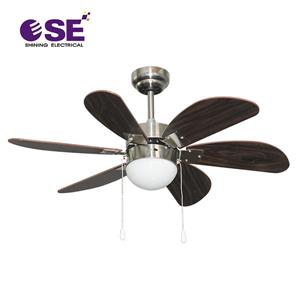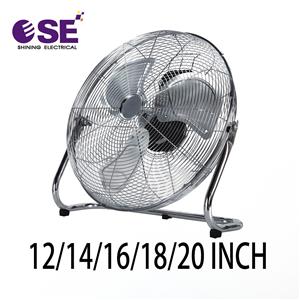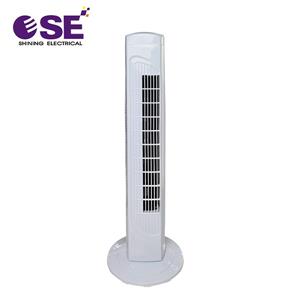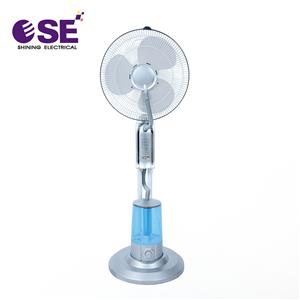Why are the fan blades all designed to be curved?
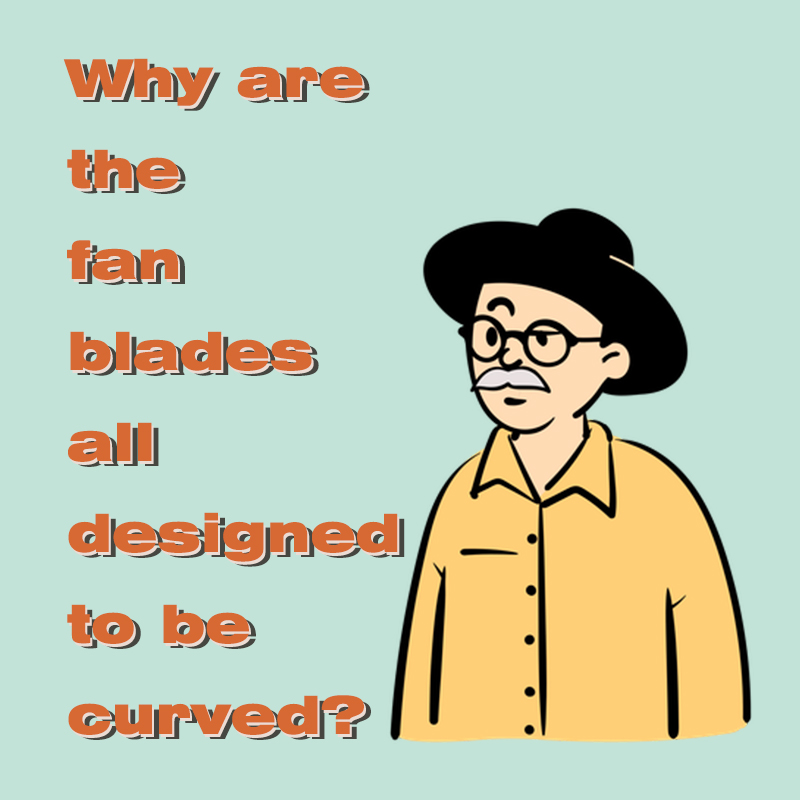
Careful observation of the ceiling fan blade, we will find that the blade is not horizontal, each blade is a certain curvature, after the installation of the blade ends and the host cover horizontal line will form a certain angle. What is the purpose of the curved blade tilt design?

We put a flat plate without thickness in a uniform airflow, if the plate is parallel to the direction of flow, then the plate is not subject to lift in the direction of the vertical plate, when the plate surface has a curvature, the fan is turned on to produce acceleration, the acceleration forms a force that acts against the blade, the blade presses the air down, and the airflow around the blade changes direction and rotates towards the warped side, making the airflow move downwards.

The pressure of the air in the upper part near the fan blade becomes higher and the pressure of the air in the lower part of the fan blade becomes lower. This causes the air to "flow" from the bottom upwards, with high pressure on one side and low pressure on the other.
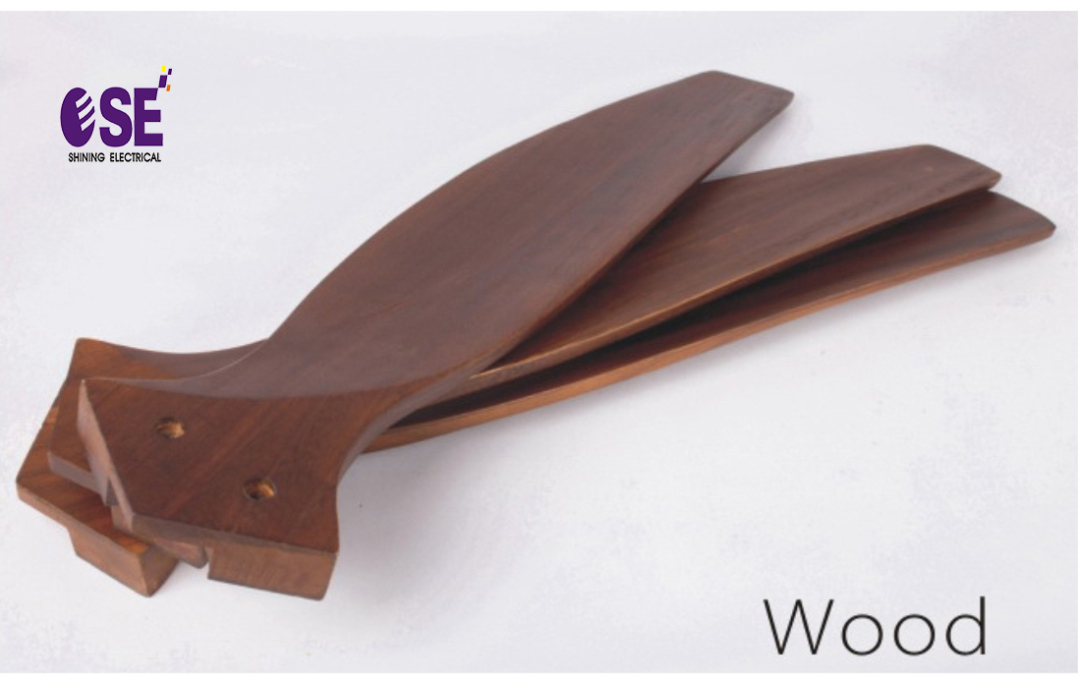
As the fan blades rotate the upper air is forced to "flow away" and a negative pressure is created where it was originally located. The lower air "flows" into the area due to the negative pressure, creating a flow of air.
The fan blade needs to be angled to push the air and needs to be able to break up an upward - perpendicular to the rotating surface - force. The fan blade is made curved to avoid unnecessary frictional loss of kinetic energy, to increase the force of the blowing air and also to reduce noise.
The blades need to be curved, in what range is the angle a normal design?
If the blade angle is too small, even at the highest rotational speed, it will not be able to generate air movement well, we try to avoid blade angles of less than 10 degrees. The blade angle of more than 25 degrees requires the motor to have enough power to support the blade to drive the air to operate properly. At the same time the larger the angle, the greater the surface pressure difference between the upper and lower areas of the blade, the greater the wind power at the same speed, but if the surface pressure is too large, it may produce the phenomenon of backflow, in this case the performance of the ceiling fan is reduced instead.
So control the angle of the blades between 10 and 25 degrees.
If you are interested, welcome to contact us:
![]() WhatsApp: +86 13144118381
WhatsApp: +86 13144118381
![]() Email: operating@fsshining.com
Email: operating@fsshining.com
![]() Web: www.fsshining.com
Web: www.fsshining.com
![]() Foshan Shining Electrical Appliance Co., Ltd.
Foshan Shining Electrical Appliance Co., Ltd.

